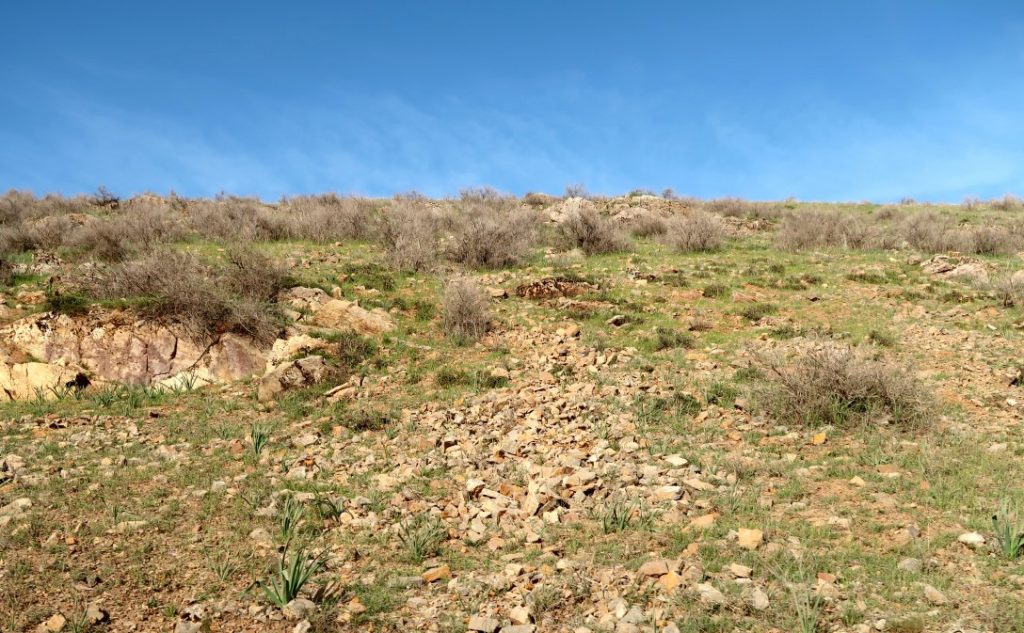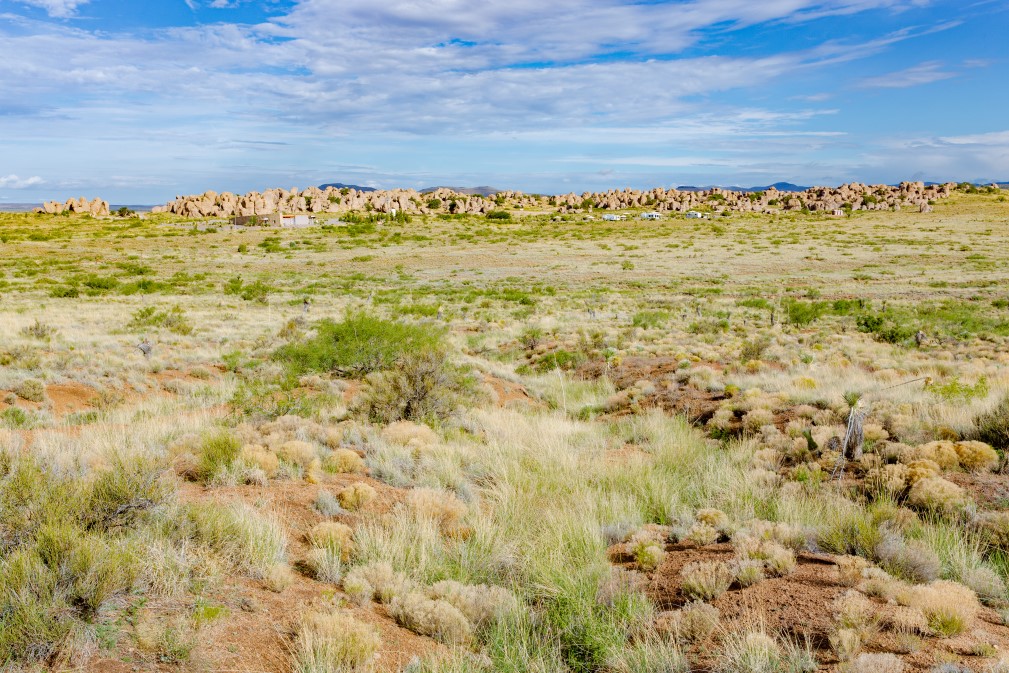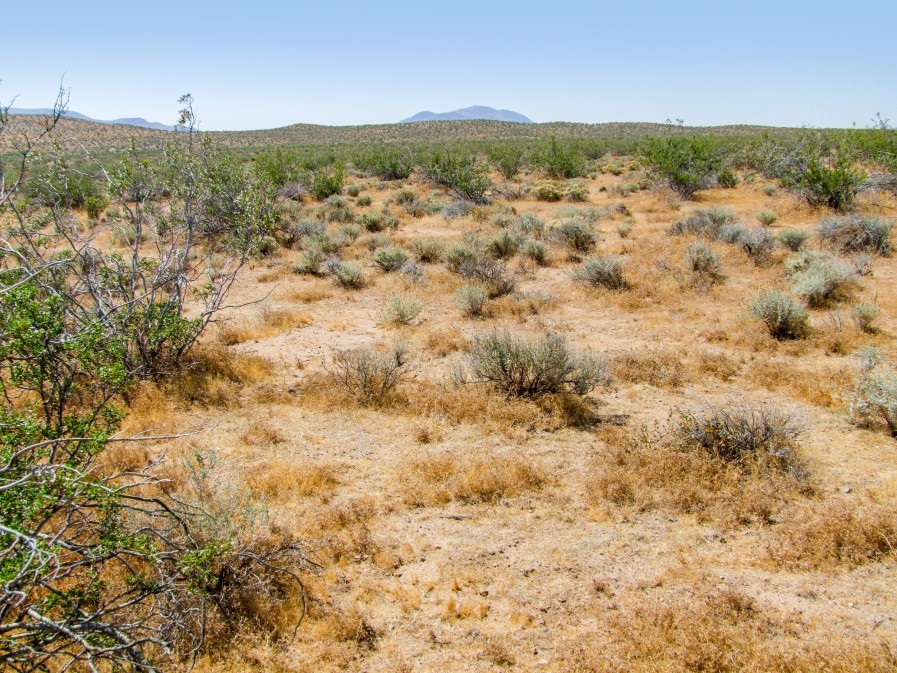Abandoned land; a wealth of opportunities
I live in the Netherlands, with over 17 million inhabitants it is a densely populated country, in which we managed to provide a use for each and every piece of land. Land is extremely valuable; the lease prices for the agricultural land are by far the highest in Europe, and as a consequence each piece of land has to deliver an income. Can you imagine how hard it is for a Dutch person to grasp an idea of abandoned agricultural land? This is land that has been left out of production for a longer period of time. This could have happened for a number of reasons. As well as the land being totally degraded or polluted, resulting in production loss, other reasons could be unfavourable markets for the agricultural products, unavailability of the required technology to manage the land or the age of a farmer and the lack of successors.
On 18 November 2020 I attended a great workshop: ‘Land availability for biomass, energy, and other non-food services in the EU’. Commissioned by the European Commission DG ENER[1] and executed by Wageningen University & Research and partners, a study was undertaken to analyse the actual land availability in the EU. Although the longterm trend between 1975 and 2016 clearly showed that the acreage used agricultural land was declining, the area of used agricultural land remained stable between 2005 and 2016, with an average area of than 1,737,200 km2. Out of that 5%, 36 milion hectares remained unused! I would encourage everybody who is interested to read the report for more details; the conclusion did set my mind in motion!

Is abandonment a problem?
To state that abandonment is a problem depends on the perspective it is viewed from. From an environmental point of view: the vegetation on totally unused agricultural land may change through natural succession into tall herbs, bush, and eventually a forest ecosystem after a sufficient long period of time. Of course this depends on climatic and soil conditions. On rich and wet soils, the eventual outcome is likely to be a forest ecosystem. However – in contrast – on poor dry soils in south-eastern Europe, it can become ‘steppe-like’ grassland vegetation that is able to survive for many years without any active management such as mowing or grazing, sensible for drought periods but potentially subject to severe degradation by wind and water. Combining these insights with the IPCCC 2019[2] conclusions, I state that land abandonment on poor dry soils can contribute to land degradation and desertification, and these soils lose their potential to contribute to climate mitigation and food security.
Abandonment of the rich and wet soil starts with contributing to climate mitigation and possibly biodiversity restoration. Yet, researchers so far do not agree whether land abandonment is a threat to biodiversity or an opportunity for habitat regeneration. Dealing with the biodiversity issue in detail requires a whole blog to itself. However we could ask ourselves, also for those rich areas, to what extent does this reluctant/unplanned land abandonment and consequent succession result in the optimal use of the functions these abandoned soils could provide?

Imagine the potential, but be aware of the impact
Being very Dutch, I find it hard to see such an unused potential, while we have such a tremendous task to complete in making use of our soil. To address climate change and the need to produce more sustainably, we have the ambition to move towards a more circular and bio-based economy. This transition will lead to increased demand for biomass to replace fossil resources with renewable resources, such as the conversion to bio-based products and energy.
The risk here is that biomass production for the bioeconomy will compete with the production of sufficient high-quality food (which is a challenge as well). The introduction of biomass crops on this abandoned land can provide a range of opportunities – think of additional income, the creation of new employment, and access to green energy resources. Unfortunately, introducing biomass crops is not suitable at every location; the downside of these opportunities is the fact that there are some quite technical challenges to bring this agricultural land back into production, especially when the land is severely degraded. Also, the financial return is not secure as the demand for bio-based products is not yet well established throughout the EU.

So, an alternative solution would be to introduce perennial crops and agroforestry systems. This could be especially beneficial on bare degraded land, as on these areas the establishment of any crop that creates soil cover will help stabilize the soil and reduce soil erosion. Furthermore, agroforestry systems build up soil carbon and reduce nutrient leaching, increasing overall soil health.
Here, it is obviously important to point out that the soil carbon effect of perennial biomass crops and agroforestry systems very much depends on the state of the abandoned land. The clearing and tillage of grasslands, long-abandoned land with dense shrub and/or forest vegetation cover, or wetlands for the purpose of cultivating perennial biomass crops results in serious declines in carbon (both above and below soil). The potential positive effects on biodiversity depend on the landscape and habitat context. For example, a shift from vegetated abandoned land to rotational arable land will diminish shelter and breeding opportunities for mammals and birds, as well as floristic diversity. On the other hand, restoring degraded areas creates great opportunities for the return of biodiversity.
Land is a part of the solution. But land can’t do it all.
The IPCC report of 2019 uses the statement ‘Land is where we live. Land is under growing human pressure. Land is a part of the solution. But land can’t do it all.’ With this blog I found it really important to point out that there are areas of land that are NOT under a growing pressure and can be an important part of the solution. Yet the IPCC is right in stating that land can’t do it all. Policy can play an important role in reversing the abandonment of agricultural land and restoring active production. The ENER/C2/2018-440 report states that the Common Agricultural Policy (CAP) in particular, in conjunction with some national policies, could have the greatest influence. I truly hope this is also the case for the new CAP! I just enjoyed sharing the idea that we have a large untapped potential, as large as 36 miljon hectares that could help us reaching our societal goals on climate, biodiversity, and food security.
[1] ‘Analysis of actual land availability in the EU; trends in changes (abandoned land, low fertility land, saline land etc.) and options for energy crop utilisation.’ Reference: ENER/C2/2018-440e.
[2] Special report on climate change, desertification, land degradation, sustainable land management, food security, and greenhouse gas fluxes in terrestrial ecosystems (SRCCL). IPCC (Report). Retrieved August 9, 2019.

